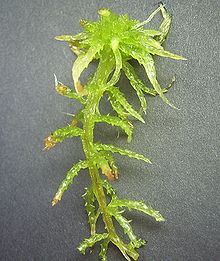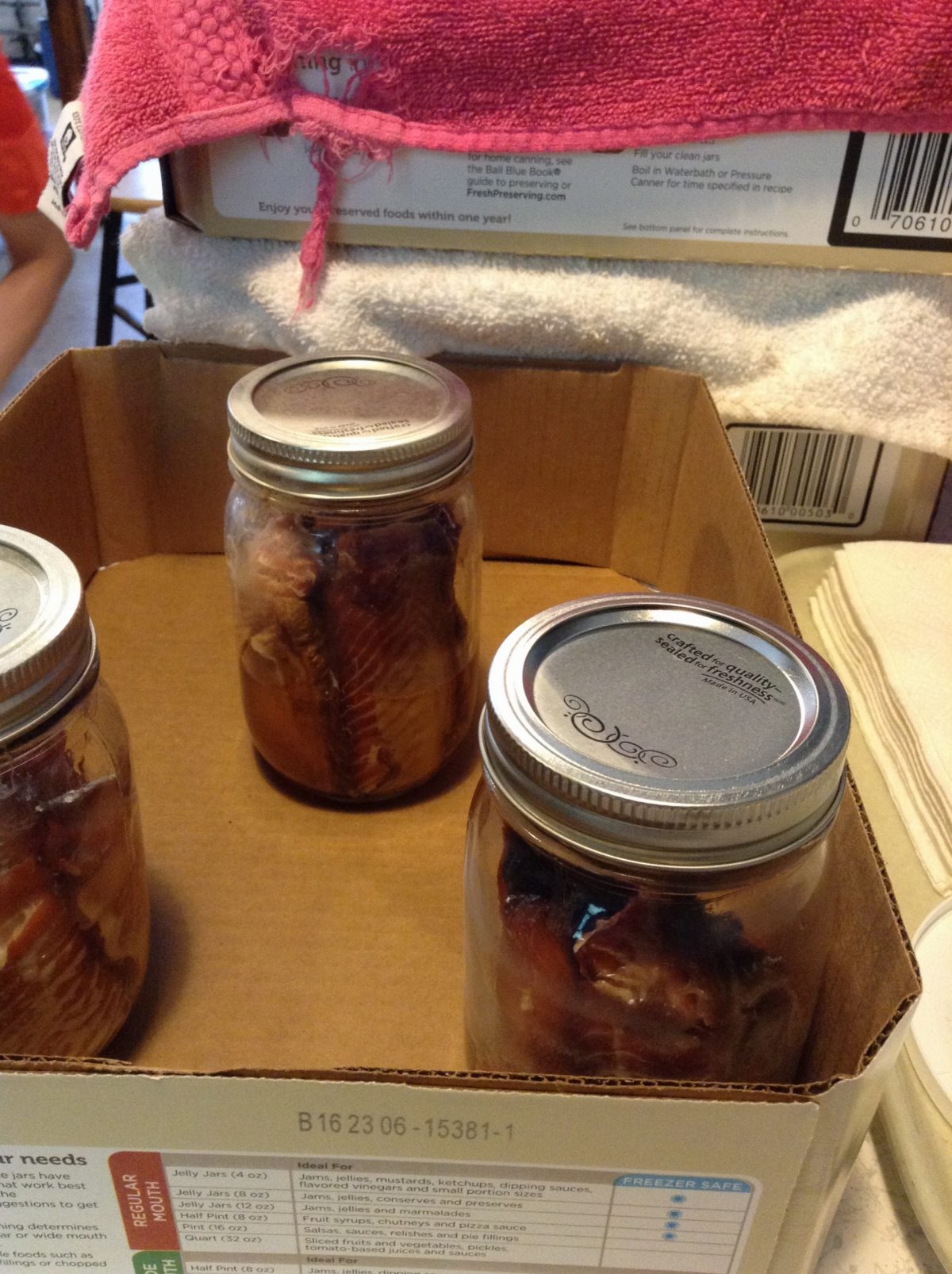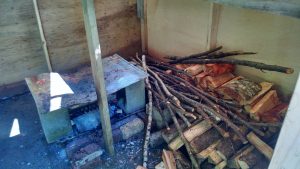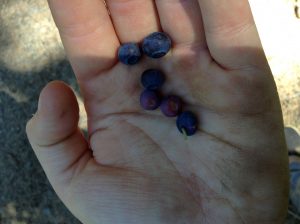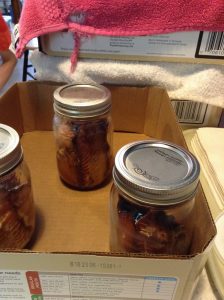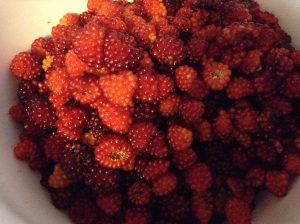I was surprised by what I saw when we visited the kids in camp last Thursday. Typically, I associate summer camp with boredom and reluctant participation, but all of the students I spoke with seemed enthusiastic about the time they’ve spent there and smiled at every mention of an activity they had participated in. One girl told me that back home in Yakutat she hears a lot about her culture from her parents and grandparents, but rarely ever feels that she participates in it. She had never seen a deer or a seal gutted before, for instance, and she was excited to have shared that experience with the kids in camp.
Culturally responsive teaching plays off of the background knowledge that students bring with them to the classroom. It shares information in ways that can be understood by students of different cultures, rather than forcing them to learn information through a certain cultural filter. A lesson that stood out to me was the “math trail,” which struck me as a brilliant way to teach math in a way that can be approached by students from any background. Rather than prescribing a specific way to solve a problem, it allowed students to solve problems in whichever way they found most practical or logical (this would have been a huge help to me in high school). Not every student can speak the language of math that’s spoken in a textbook. Allowing students to use their own intuitive math skills in a problem-solving setting seems to me a beautiful example of culturally responsive teaching.
My focus being social studies, I have been thinking about ways to be culturally responsive with my future lesson plans. I think that it is almost always possible to introduce a historical, geographical, or international lesson through a local, relatable example or analogy. I’m not sure exactly what I mean by that, to be honest. But, for instance, I’m trying to make my iBook lesson as culturally responsive as possible by introducing global ideas through an Alaskan lens. I don’t know. I’ll keep working on this.
update:
Ernestine Hayes’ talk was important for us to hear. Several things she said have stuck with me and will be among my main takeaways from this course. She stressed the fact that we as teachers have to be incredibly careful when we choose our words: “everything you say will either combat colonialism or perpetuate it.” So many schools in our state have a history of harmful instruction, and we have to make sure to be on the right side of history. We cannot see ourselves as ‘saviors.’ “You aren’t going to save these kids,” she said, “you’re going to believe in them. They’ll save themselves.” This was powerful to hear, and I am so thankful that she took the time to speak to us.
